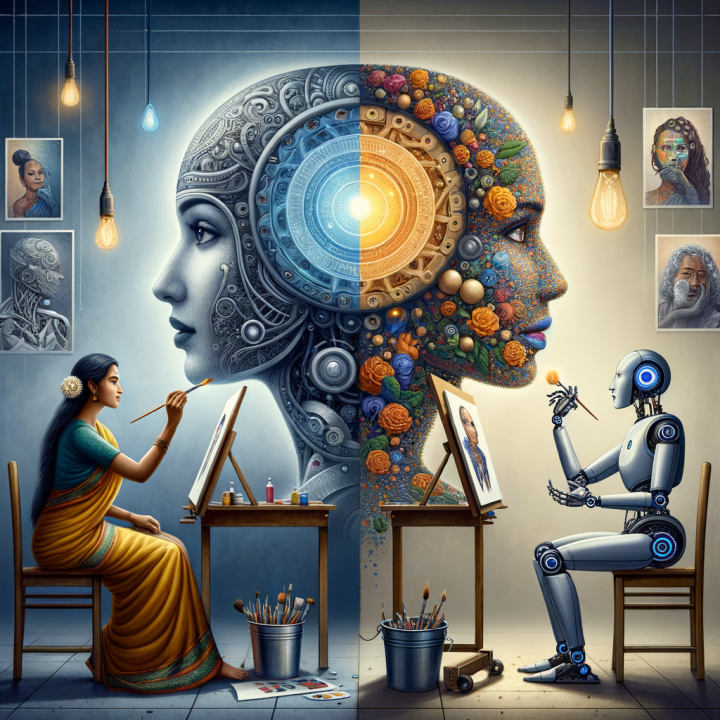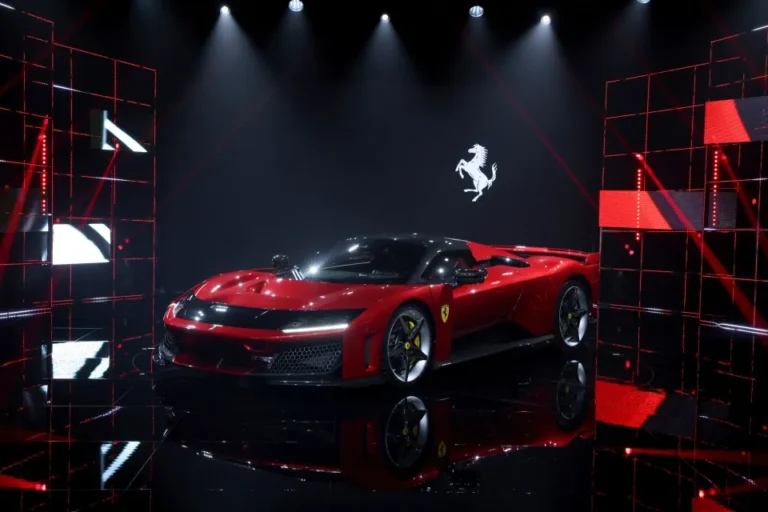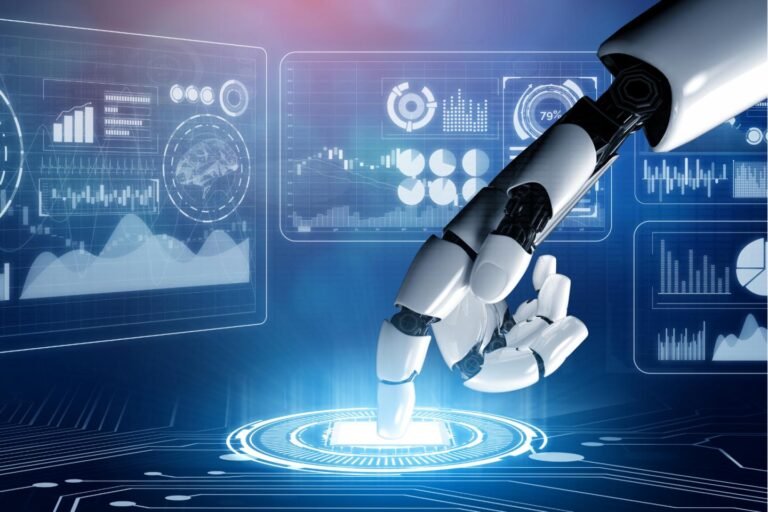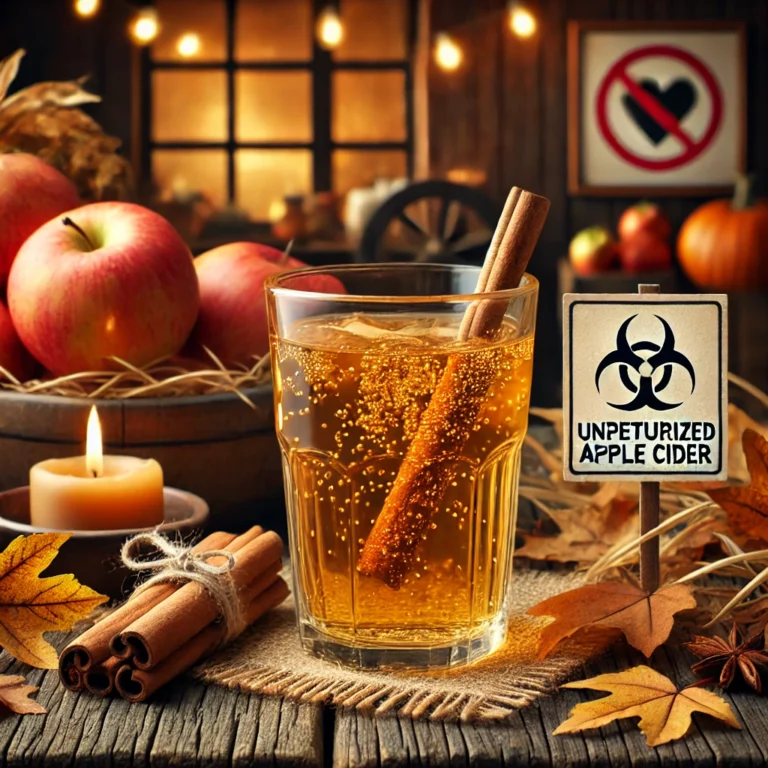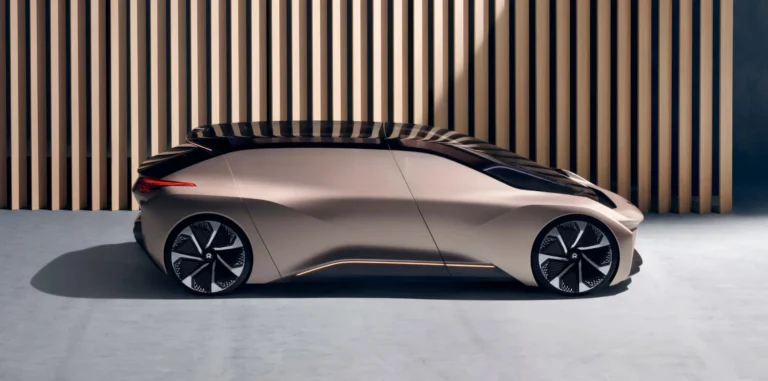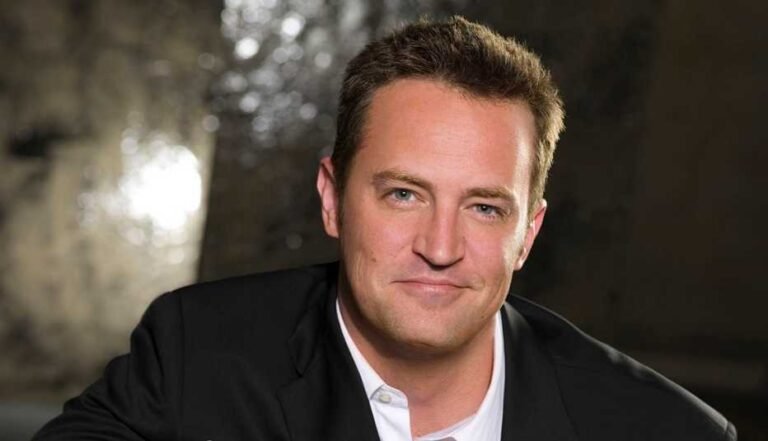“AI-Powered Creativity: Unleashing New Possibilities in Art and Design”
Artificial Intelligence (AI) is no longer just a buzzword; it’s a transformative force reshaping industries at an unprecedented pace. From graphic design and animation to music production and architecture, AI-powered tools are revolutionizing how artists and designers create, collaborate, and innovate. In this article, we’ll explore the profound impact of AI on the creative landscape, highlighting key tools like DALL-E and Midjourney while examining the opportunities and challenges that come with this technological shift.
1. The Rise of AI in Creative Industries
The integration of AI into creative fields isn’t new, but the acceleration in recent years has been remarkable. AI models have evolved from simple algorithms to sophisticated neural networks capable of mimicking human creativity. The appeal lies in AI’s ability to generate, enhance, and even autonomously create artworks that were once solely within the human domain.
- AI-Driven Graphic Design: Tools like Canva’s Magic Design and Adobe’s AI-powered features are simplifying the design process, enabling even non-designers to create professional-looking graphics with minimal effort. AI can now suggest layouts, color palettes, and even entire design concepts based on user input, making the creative process more accessible.
- Generative Art: Platforms like DALL-E and Midjourney are leading the charge in generative art, where AI creates images based on textual descriptions. This has opened up a new realm of possibilities for artists, allowing them to visualize concepts that were previously unimaginable.
- Music Production: AI-driven music tools like Amper Music, AIVA, and OpenAI’s MuseNet can compose original music tracks, blending various styles and genres. These tools are not just assisting musicians but are also creating entirely new compositions, pushing the boundaries of what’s possible in music production.

2. Key Tools Transforming Art and Design
Several AI tools are making headlines for their ability to revolutionize creative workflows. Here’s a closer look at some of the most influential:
- DALL-E 3: Developed by OpenAI, DALL-E 3 can generate highly detailed images from textual descriptions, making it a favorite among digital artists and designers. Whether you need a surreal landscape or a futuristic cityscape, DALL-E can bring your vision to life in seconds.
- Midjourney: Known for its unique style and artistic flair, Midjourney is another AI-powered image generator that has gained popularity among designers. Its emphasis on creating visually striking, imaginative pieces makes it a powerful tool for concept art and storytelling.
- RunwayML: RunwayML offers AI-powered video editing, allowing creators to manipulate video content in ways that were once considered science fiction. From real-time background changes to applying complex visual effects with just a few clicks, this tool is revolutionizing video production.
- ChatGPT for Creative Writing: Beyond visual arts, AI is making waves in creative writing. ChatGPT and similar language models are assisting writers in brainstorming ideas, crafting dialogue, and even generating entire narratives, opening up new avenues for storytelling.

3. The Benefits of AI in Creative Fields
AI’s entry into the creative world brings a multitude of benefits, enhancing productivity, expanding creative possibilities, and democratizing art and design.
- Enhanced Productivity: AI can handle repetitive tasks like resizing images, color correction, and template creation, freeing up time for creators to focus on more complex and innovative aspects of their work.
- Breaking Creative Blocks: AI tools can serve as creative collaborators, offering fresh perspectives and ideas when artists hit a creative wall. By generating multiple variations of a design or suggesting new musical arrangements, AI can help artists find inspiration.
- Accessibility and Inclusivity: AI-powered design platforms are making creativity accessible to those who may not have formal training. With intuitive interfaces and smart suggestions, anyone can produce high-quality work, leveling the playing field in the creative industry.
- Exploration of New Styles: AI enables artists to experiment with styles and techniques that would be time-consuming or difficult to achieve manually. This experimentation fosters innovation and pushes the boundaries of traditional art forms.
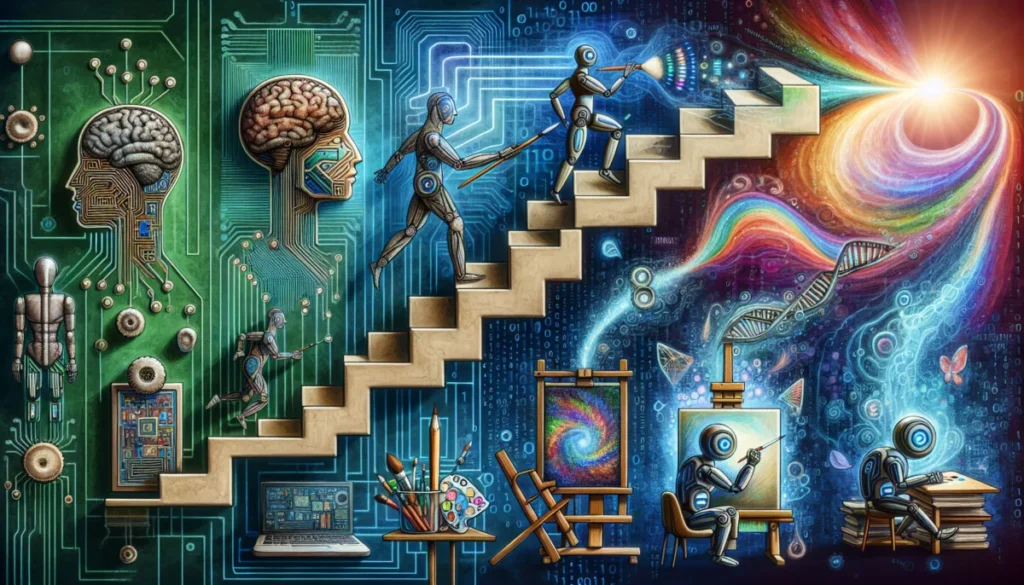
4. Case Studies: Artists Leveraging AI for Innovation
To highlight the practical applications of AI in the creative process, here are some inspiring case studies:
- Refik Anadol: Known for his immersive data-driven artworks, Anadol uses machine learning algorithms to create stunning installations that merge art, technology, and science. His use of AI transforms complex data into visual art, pushing the boundaries of traditional creative expression.
- Claire Silver: As an AI-collaborative artist, Claire Silver blends AI-generated art with human intuition to explore themes of identity and surrealism. Her work demonstrates how AI can be a powerful tool for creative experimentation.
5. Expert Quotes: Insights on AI and Creativity
Incorporating expert insights provides credibility and depth. For instance:
- David Holz, Founder of Midjourney: “Midjourney is about helping artists tap into their imaginations, exploring ideas that might be difficult or impossible to realize through traditional methods.”
- Karina Popovich, Designer: “AI tools are like an extra set of creative hands. They allow me to experiment without limits, making the design process faster, more intuitive, and much more playful.”
6. The Challenges and Ethical Considerations
Despite its advantages, the rise of AI in creative industries also brings challenges, particularly around authorship, originality, and the ethical use of technology.
- Authorship and Copyright Issues: One of the most contentious debates revolves around who owns AI-generated art. As AI becomes more adept at creating content, questions about authorship and intellectual property rights become increasingly complex.
- Bias in AI-Generated Content: AI models are only as good as the data they’re trained on, and biases in training data can lead to biased outputs.
Conclusion
AI is undeniably reshaping the creative world, offering unprecedented opportunities for innovation and expression. Embrace this new frontier and see where your creativity can take you when powered by AI.
For more visit
